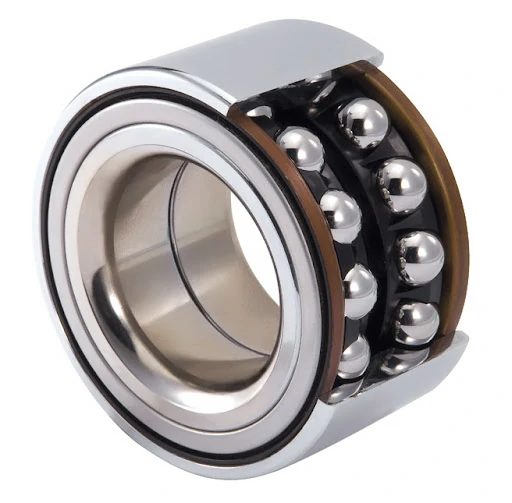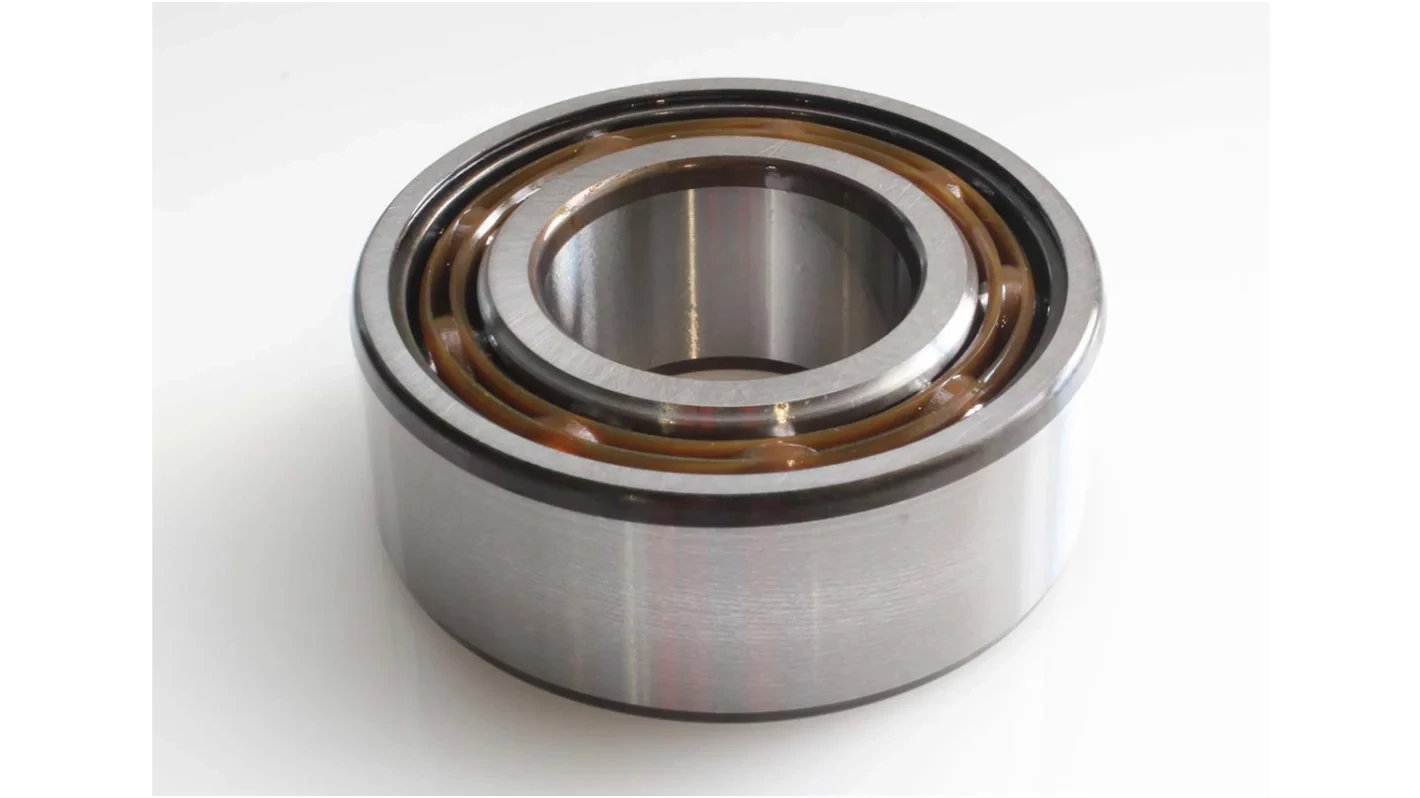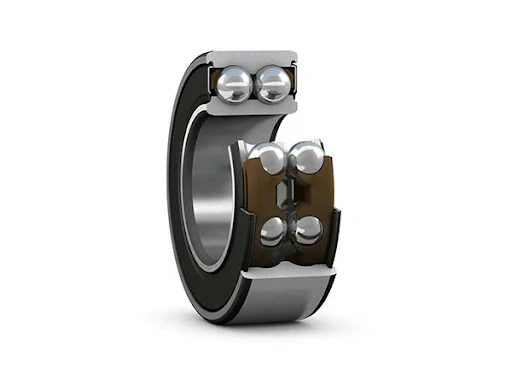محمل كريات التلامس الزاوي مزدوج الصف
Main applications
Machine tool spindles (CNC machining centers, grinders)
Automotive drive systems (motors, gearboxes, wheel hubs)
Wind power generation equipment (spindles, gearboxes)
Industrial robots (spherical bearings, reducers)
Aerospace (aircraft engines, landing gears)
Advantages and features
✅ High load capacity-double-row structure improves radial and axial load capacity
✅ High rigidity-optimized contact angle design, reduced deformation, and improved precision
✅ High-speed performance-low friction design, suitable for high-speed working conditions
✅ Long life-optimized load distribution, reduced wear, and extended service life
✅ Versatility-suitable for complex loads, high precision and harsh environments
Double-row angular contact ball bearing technology overview
A double row angular contact ball bearing uses a design with two rows of steel balls arranged symmetrically, which can simultaneously withstand radial and axial forces. Its unique structure gives it higher rigidity and load capacity, and is particularly suitable for industrial scenarios with strict requirements on operating accuracy and load-bearing performance. Compared with single-row models, the double-row design significantly improves the overall performance of the bearing, especially under high-speed operating conditions.
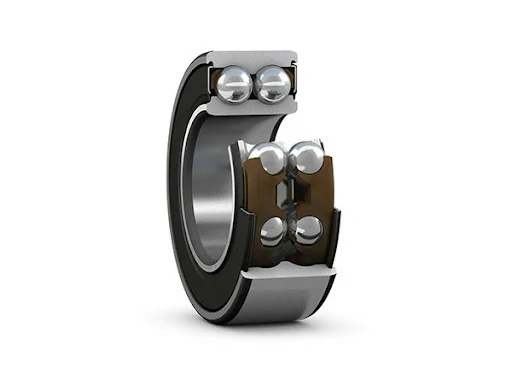
Core performance advantages
Compound load bearing capacity
The synergistic effect of the double-row steel balls can simultaneously cope with radial and axial composite stresses, and the load capacity is increased by more than 40% compared with single-row bearings.
Precision operation characteristics
The optimized contact angle design ensures low-friction operation and excellent temperature rise control, meeting the micron-level tolerance requirements of precision equipment.
Long-term and durable design
Uniform load distribution reduces local wear, and with high-quality steel and heat treatment processes, the service life is extended by 30%-50%.
Versatile adaptability
Standardized sizes cover a wide range of working conditions and support customized sealing solutions (contact/non-contact sealing).
Technical parameters of typical models
Key parameter explanation
Dynamic/static load ratio: reflects the safety margin of the bearing in the rotating and stationary state
Compact design: small volume to achieve high load bearing, optimize equipment space utilization
العلامات التجارية الشائعة
SKF Double-row angular contact ball bearing
NSK Double-row angular contact ball bearing
FAG Double-row angular contact ball bearing
INA Double-row angular contact ball bearing
KOYO Double-row angular contact ball bearing
TIMKEN Double-row angular contact ball bearing
NACHI Double-row angular contact ball bearing
NTN Double-row angular contact ball bearing
Key application areas
High-end equipment manufacturing
The five-axis linkage machine tool spindle adopts P4-level precision bearings to ensure 0.001mm machining accuracy
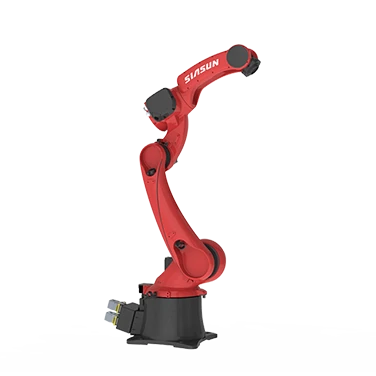
New energy vehicles
The drive motor bearings must meet a speed of more than 20,000 rpm and withstand the axial electromagnetic force of the motor
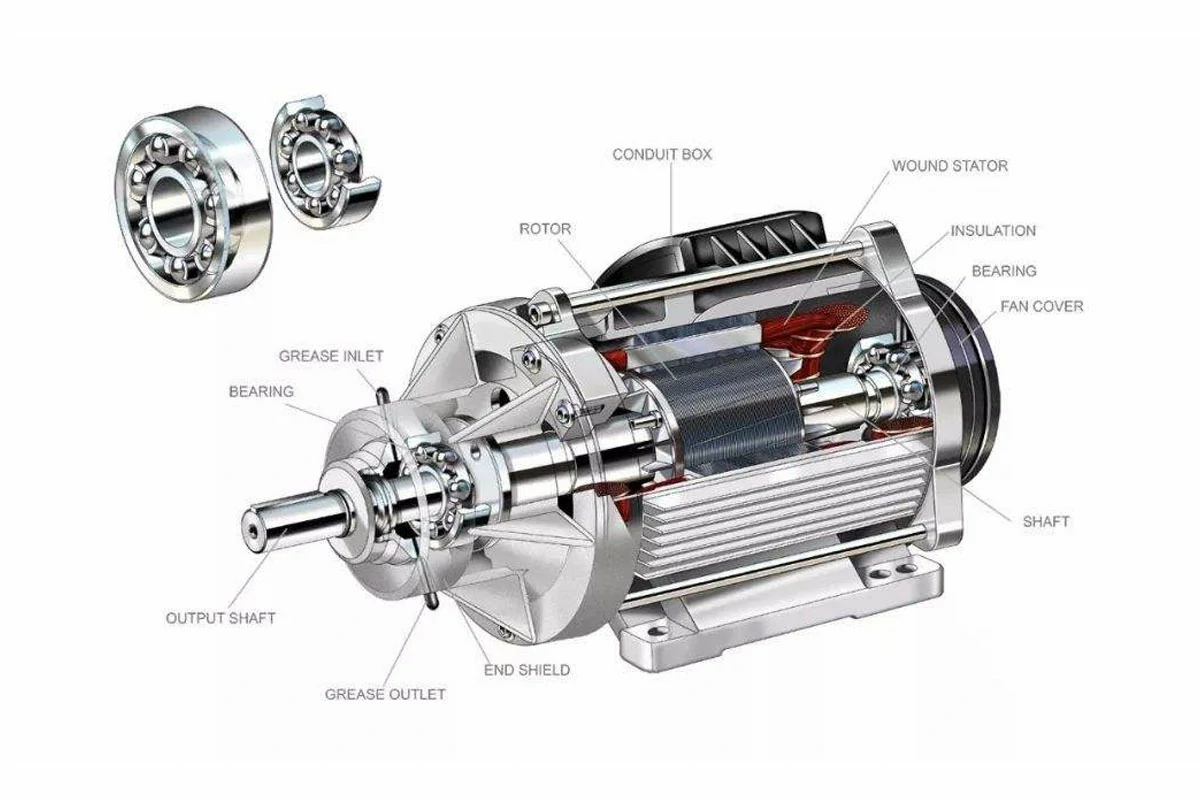
Clean energy equipment
The design life of the wind turbine main shaft bearing is 200,000 hours, adapting to the extremely cold environment of -40℃
الفضاء الجوي
The helicopter transmission system bearings are treated with special lubrication to achieve stable operation at 200℃
Intelligent robots
The collaborative robot joint module adopts an ultra-quiet design with an operating noise of less than 45dB
Technical questions and answers
Q1 What are the core advantages compared to single-row bearings?
The double-row structure has an axial rigidity increase of more than 60%, and the bidirectional thrust load capacity has doubled, which is particularly suitable for working conditions with axial movement.
Q2 Extreme operating temperature?
The standard type is suitable for the range of -30℃~120℃, and the use of fully synthetic grease can be extended to -50℃~180℃ (such as aerospace-specific models).
Q3 Key factors for selection?
Need to focus on verification:
Equivalent dynamic load calculation (Fr+Fa composite formula)
Relationship between limiting speed and dmN value
Lubrication method and relubrication cycle
Q4 Maintenance points?
Check the grease status every 2000 hours of operation
Use a laser alignment instrument to ensure that the installation eccentricity is less than 0.02mm
The vibration monitoring warning value is set to 4.5mm/s
If you have any questions, please see our محامل كريات التلامس الزاوي Catalog for answer, and if you have futher questions, please seek for our sales representatives for help!

